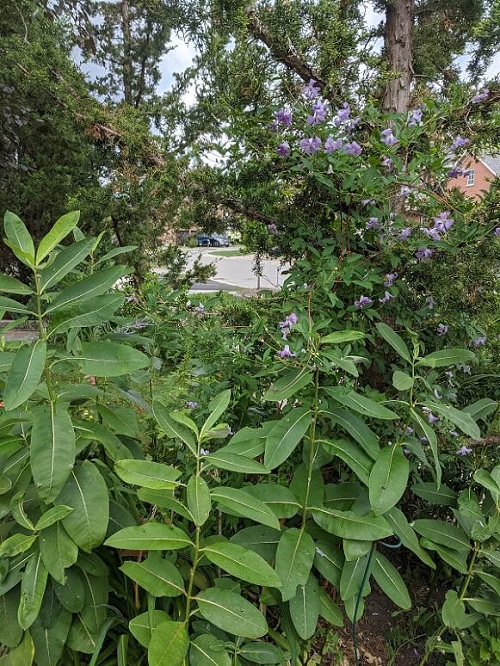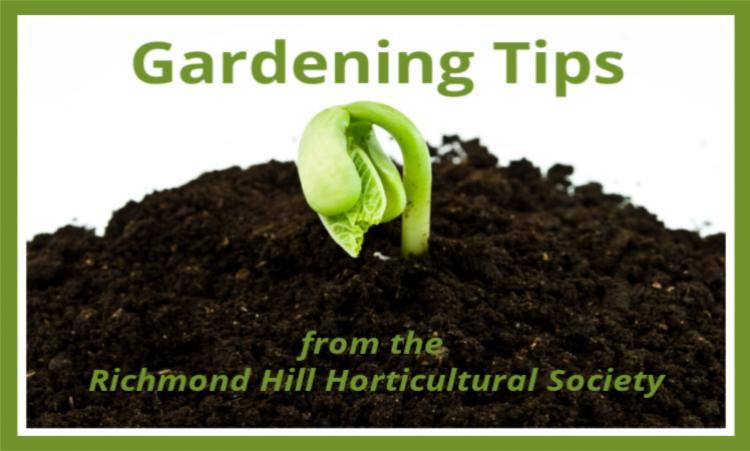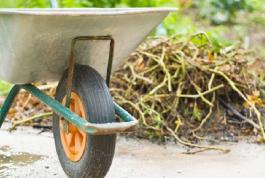Contributing authors: Jennifer Pyke, Patty Carlson, Doreen Coyne, members of the Richmond Hill Garden & Horticultural Society
Milkweed is a great addition to your native garden. It especially attracts Monarch butterflies. But it can be hard to grow from seed, but last year I learned about a process that copies nature. It worked! I harvested the seeds in the fall. Then in early March, I wrapped the seeds in wet kleenex, placed it in a plastic bag, sealed it and put in the freezer. In early April, I take out the seeds (but kept them in the Kleenex) and put then on top of a pot filled with potting soil. Press them in and sprinkle more soil over them. Then put the pot in a sunny window. In later May, you need to “harden them off” for outside planting by gradually moving them from shade to full sun, and plant out after any danger of frost. – Jennifer Pyke

Annuals plants CAN self-seed! For many annual plants that you didn’t cut down or remove in the fall, give them a good shake in the spring before cutting down the dead plants. The shaking disperses the seeds into the ground – thus self-seeding for this new season. Bottom line, less plants to purchase and/or fewer seedlings to grow this year! This can be done with Morning Glories, Nasturtium’s and many more annual plants. – Patty Carlson

Marigolds are simple to grow. Pull the dried flower heads off in the late fall. Then put them into a labelled envelope until spring. In March, you can place one or two in each seedling pod and let them sprout. I place all the pods in a plastic container with a closable lid so that the pods, once in the container with water added to it, can be closed thus acting like a greenhouse and keeping them moist without much watering. Once the seeds germinate, or sprout, they do need sunlight. You can remove the cover and place them in direct sunlight for 6-8 hours a day. Leggy seedlings occur if sunlight is inadequate. Sunlight must be direct or the seedlings will stretch to find the light. Once they get to 3 to 5 inches tall, put them into slightly bigger containers and put them under grow lights or near a window. As the weather allows them to go outside, take them out for a few hours a day, working up to a full day. Then transplant them in your garden. I love that marigolds come in various yellow, orange and red colours and the plants seem to keep pests away! – Doreen Coyne









